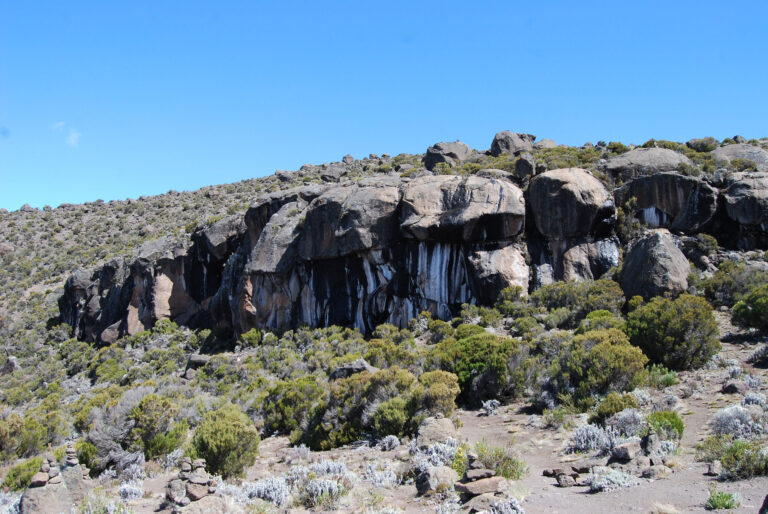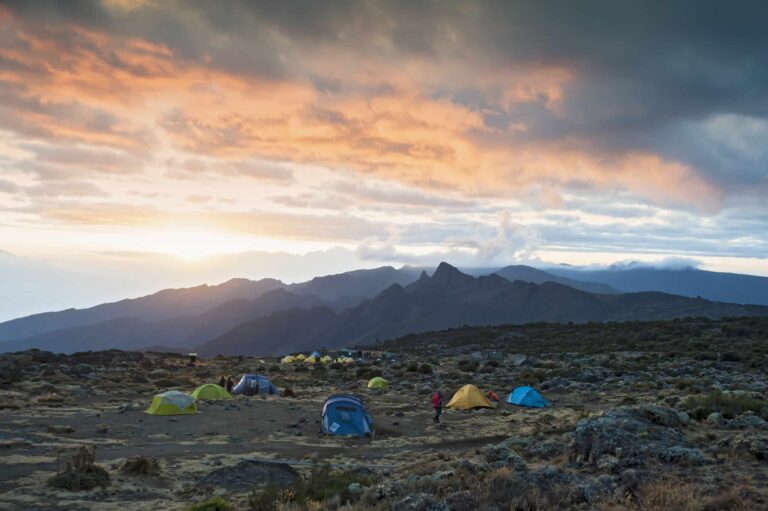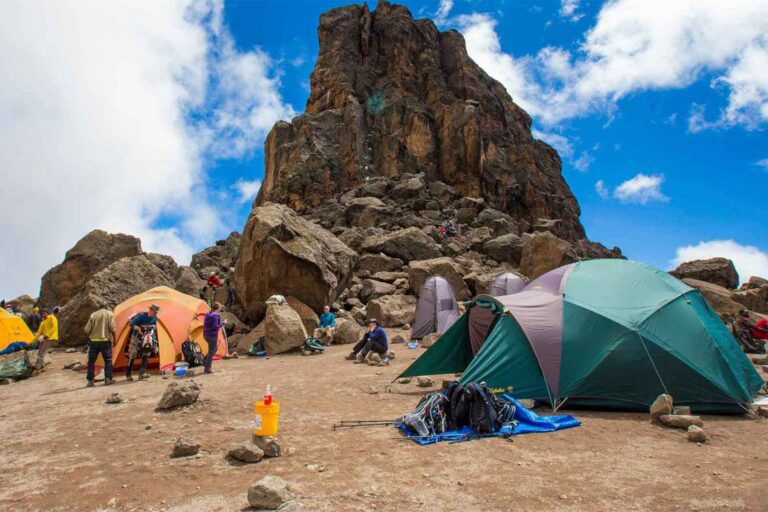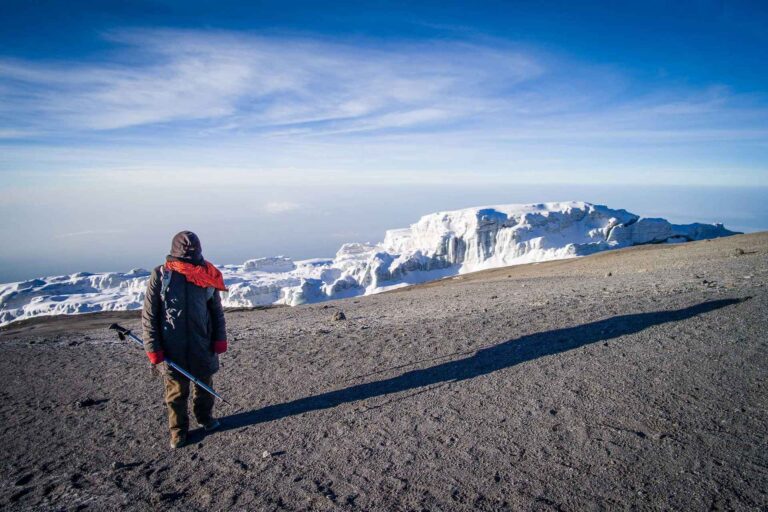Mt.Kilimanjaro Climb Routes
- Home
- Mt.Kilimanjaro Climb Routes
MOUNT KILIMANJARO HIKING ROUTES
When considering embarking on the journey of climbing Mount Kilimanjaro, it’s crucial to be aware of the array of options available, as there exist seven distinct and well-trodden routes for this ambitious endeavor. Determining which route is optimal for scaling Mount Kilimanjaro hinges upon a variety of factors, including one’s prior climbing experience, level of fitness, and personal preferences regarding the landscapes and vistas to be encountered along the way. For novice climbers looking for a relatively simple ascent, the Marangu route stands out as the best option, thanks to its moderate difficulty level and shorter duration, which is typically completed in five days. For those with a more daring spirit who want to immerse themselves in the amazing panoramas that Kilimanjaro has to offer, the Machame route appears to be the best option, promising a more strenuous but rewarding journey across stunning territory.
SELECTING KILIMANJARO CLIMBING ROUTES
There are seven established routes to climb Mount Kilimanjaro – Marangu, Machame, Lemosho, Shira, Rongai, Northern Circuit and Umbwe. The Marangu, Machame, and Umbwe routes all approach from the south of the mountain (Mweka is used only for descent). The Lemosho, Shira and Northern Circuit routes approach from the west. The Rongai route approaches from the north. The illustrations below depict a three-dimensional view of Kilimanjaro’s climbing routes and a close up of the approaches to the summit.
Picking the best course for your Kilimanjaro climb can be daunting, as you have to consider several factors, such as:
- Route’s scenery
- Route’s difficulty
- Traffic on Mount Kilimanjaro
- Altitude acclimatization points
Thus, we made this guide to help you come up with the best route possible for your Kilimanjaro climb.






